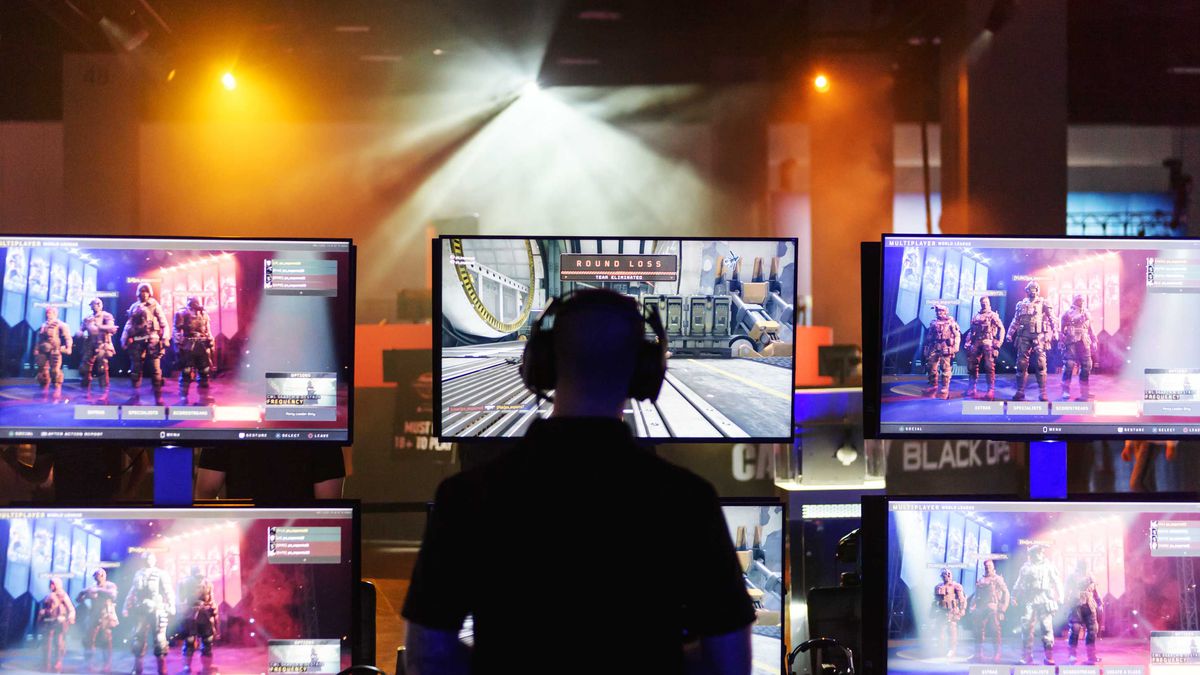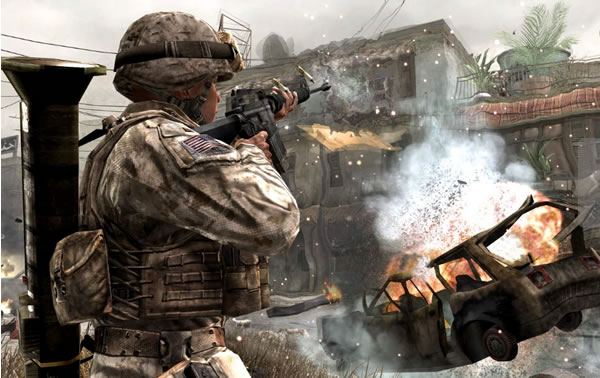Folder Youth & Violence
Categories
Folder Militarized Gaming as Recruitment Tools
 Call of Duty: Modern Warfare 2 met instant success when it released just before Veteran’s Day this year, selling 4.7 million units the first day. While millions rushed to play a game based on military combat, roughly 70,000 young Americans chose to join the Army last year. Another game not quite as popular, America’s Army, was developed by the U.S. military to aid in recruitment and in order to play, you have to register your information through the Army’s recruitment website. According to The Washington Examiner, it appears to be working.
Call of Duty: Modern Warfare 2 met instant success when it released just before Veteran’s Day this year, selling 4.7 million units the first day. While millions rushed to play a game based on military combat, roughly 70,000 young Americans chose to join the Army last year. Another game not quite as popular, America’s Army, was developed by the U.S. military to aid in recruitment and in order to play, you have to register your information through the Army’s recruitment website. According to The Washington Examiner, it appears to be working.
The article cites a 2008 MIT study that found “30 percent of all Americans age 16 to 24 had a more positive impression of the Army because of the game and, even more amazingly, the game had more impact on recruits than all other forms of Army advertising combined.”
An Air Force colonel cited in the Examiner article said young recruits who are avid gamers with minimal training and experience are “naturals to the fast-moving, multitasking nature of modern warfare.” It seems war-based video games have inadvertently helped train people to become better warriors, so it makes sense to use video games to build interest in the Army. What do you think? Is recruiting for the military through video games the right way to go? - Source
Revised 02/07/2020
Folder Violent Video Games

There has been too little serious public policy debate concerning how best to reduce exposure of children and youth to media violence. Many of the debates that have occurred in Congress, the popular press, and conferences have often focused on whether there is sufficient scientific evidence of harmful effects to support public policy actions. Some debates have conflated other public policy issues with the basic scientific question of whether there are significant harmful effects. Some U.S. First Amendment proponents who are vociferous critics of media violence research do not seem to understand that the scientific question (Are there harmful effects?) is different from the legal question (Are proposed policies legal under the U.S. Constitution?).
As the medical, public health, and psychological scientific communities have repeatedly stated, the scientific debate about whether there are harmful effects of media violence is over. We believe that it is time to move on to the more difficult public policy questions concerning whether modern societies should take action to reduce the high rates of exposure of children and youth to media violence, and if so, what public policies would likely be the most effective. - source
Revised 02/07/2020







